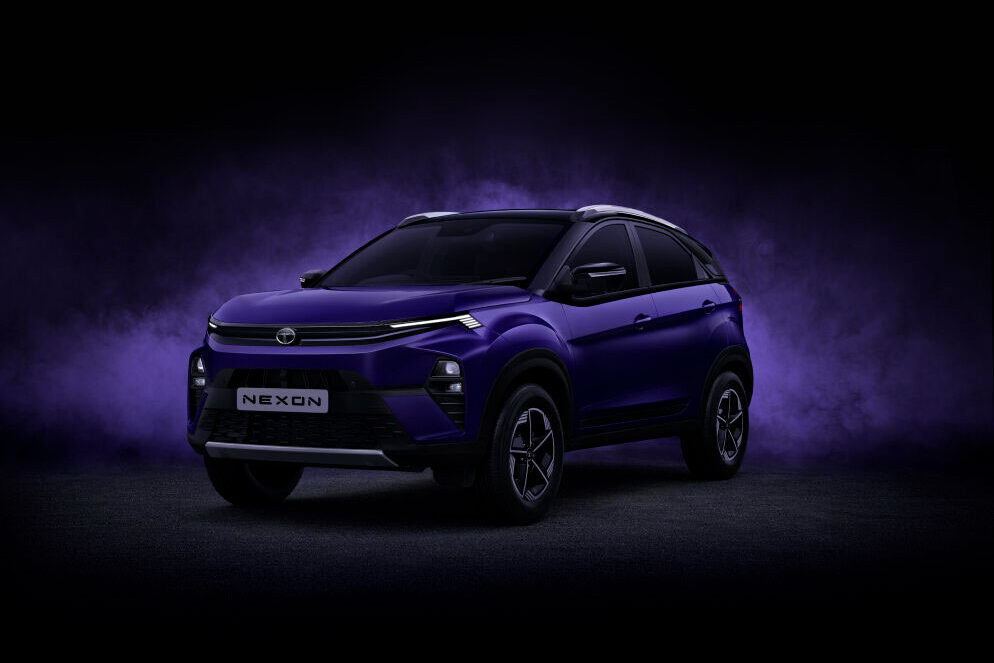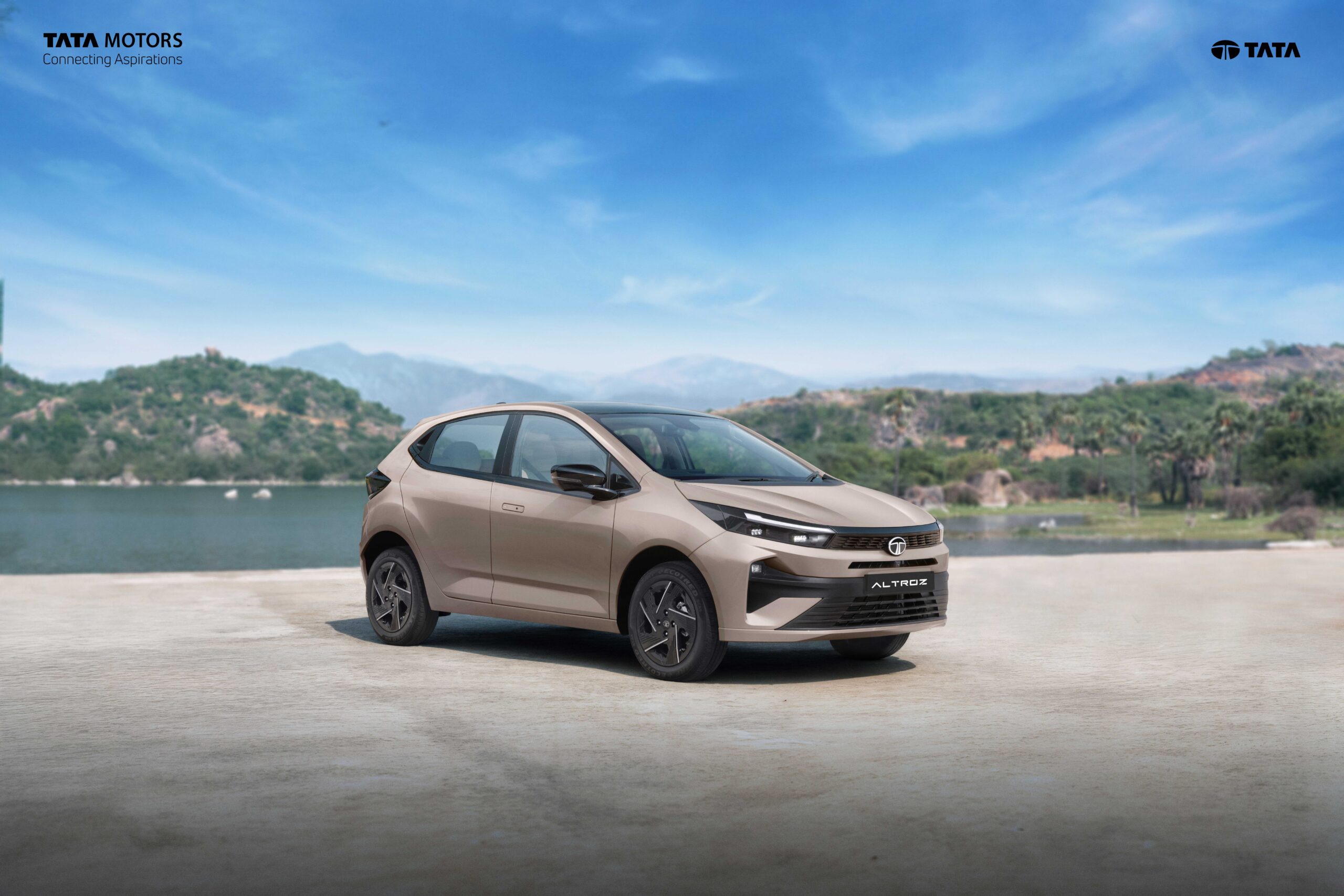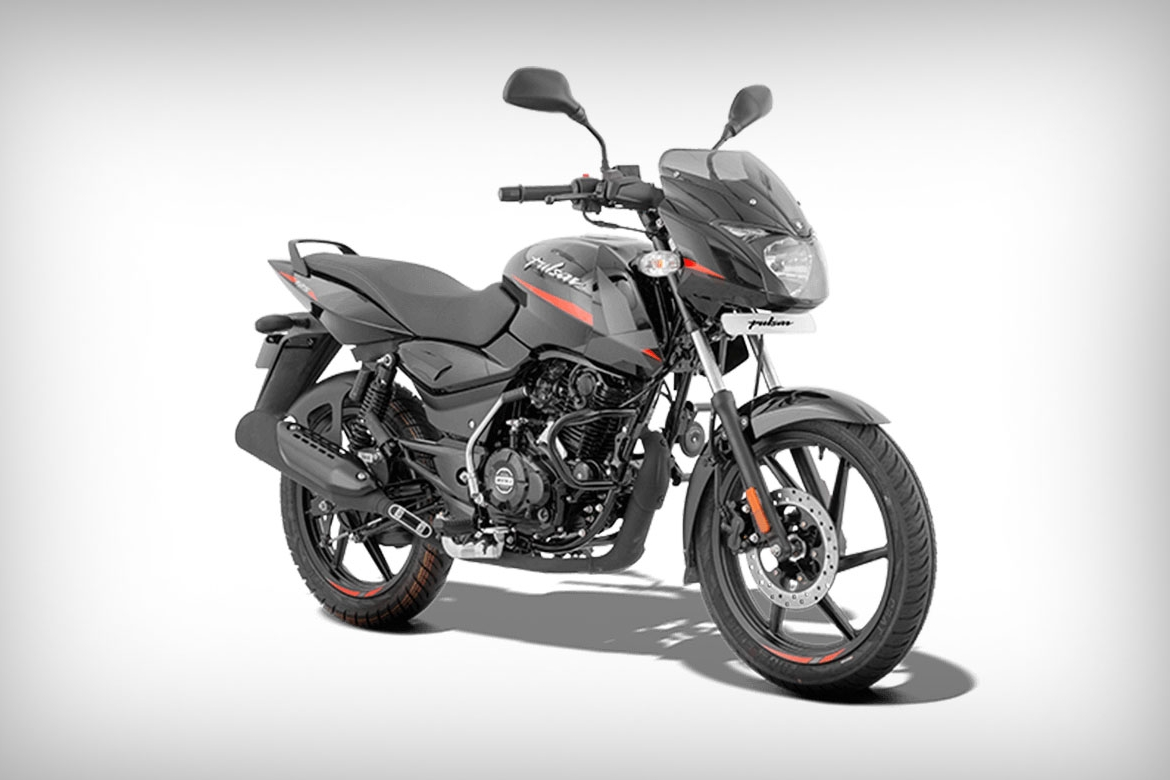When Tata Motors announced that the Nexon had scored India’s first-ever 5-star Global NCAP rating in December 2018, it marked a turning point for Indian automotive safety. Seven years later, the Nexon continues to lead safety benchmarks, but the complete ownership picture tells a more complex story.
India’s Safety Champion: The Numbers Speak
The Nexon’s safety credentials remain unmatched in the Indian market. The original model scored an impressive 16.06 out of 17 points for adult protection under Global NCAP testing. Fast forward to 2024, and both the facelifted Nexon ICE and Nexon.ev have secured 5-star Bharat NCAP ratings with scores of 29.41/32 and 29.86/32 respectively for adult occupant protection.
What makes these numbers significant is that they come standard across all variants. Even the base trim includes six airbags, Electronic Stability Control (ESC), ISOFIX child seat anchors, Tire Pressure Monitoring System (TPMS), and a 360-degree camera. This democratization of safety features represents a fundamental shift in how Indian manufacturers approach vehicle protection.
Engineering Excellence: How Tata Builds Safety
The foundation of Nexon’s safety success lies in Tata’s manufacturing approach at the Sanand 2.0 facility. This 460-acre plant, retooled from Ford’s former operations in 2023, operates with over 100 robots and achieves 98% automation in the weld shop. The use of over 40% high-strength and ultra-high-strength steel in the monocoque construction, combined with robotic spot and laser welding, creates a protective cage that consistently outperforms competitors.
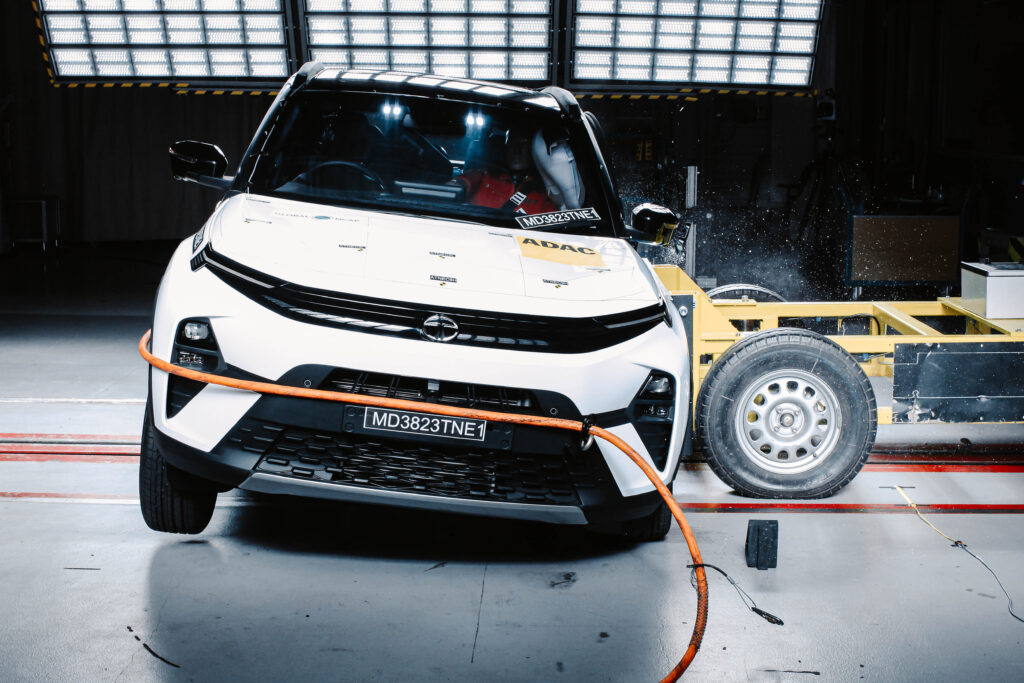
The company’s commitment goes beyond just meeting standards. Tata voluntarily crash-tested the Nexon, Harrier, and Safari before regulations mandated such testing. This proactive approach, coupled with real-world crash telemetry feeding back into design improvements, demonstrates a genuine safety-first philosophy rather than mere compliance.
Market Impact and Competition Gap
The Nexon’s safety leadership has influenced the entire Indian automotive landscape. Crash test videos regularly achieve millions of views, and “5-star safety” has become a key selling point that draws urban families to Tata showrooms. The six-airbag mandate and Bharat NCAP scoring system have pushed the entire market toward better safety standards, with Tata setting the benchmark others struggle to match.
Many global competitors continue to “de-content” their Indian products—using thinner steels and fewer welds to meet aggressive pricing targets. Lower automation levels and reactive safety strategies explain why most rivals remain a full rating band behind Tata in safety assessments.
The EV Advantage
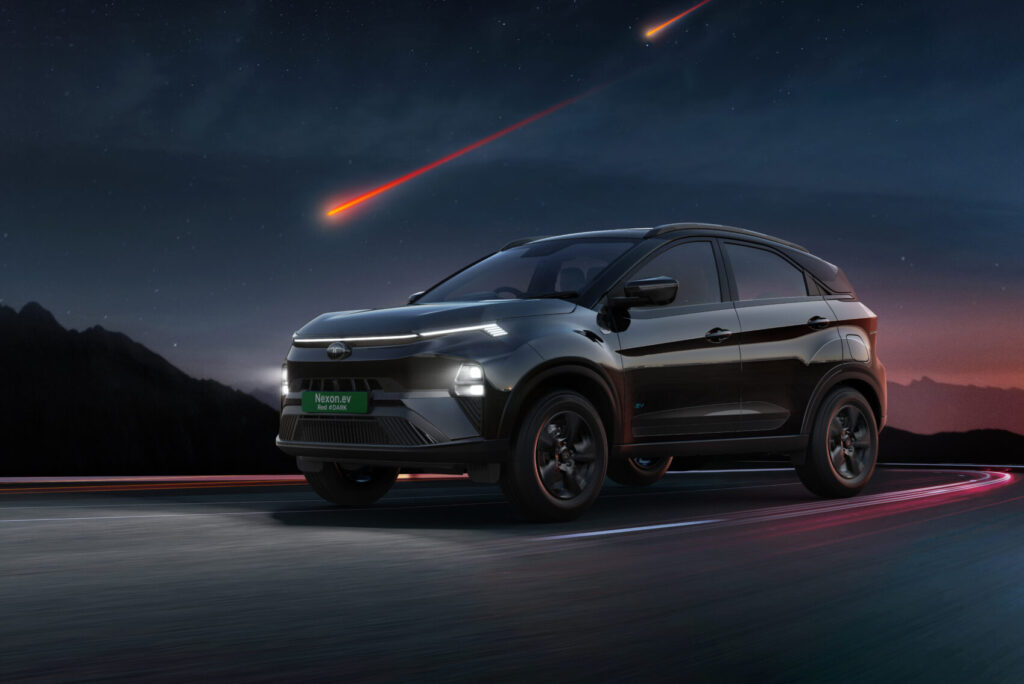
The Nexon.ev benefits from India’s rapidly expanding charging infrastructure, which has grown from 11,903 public charging stations in December 2023 to 26,367 by April 2025. With 5,293 stations now operational on national highways, range anxiety for Nexon.ev owners has significantly reduced. The recent policy support for battery-swapping and Battery-as-a-Service models, along with 96% year-on-year growth in fast chargers, positions the electric Nexon well for the future.
The Reality Check: Where Tata Falls Short
Despite its safety excellence, the Nexon faces persistent quality issues that impact the ownership experience. Panel gaps and fit-and-finish problems remain visible even on higher-end variants, with owners reporting uneven bonnet and door alignments that detract from the premium feel expected at these price points.
More concerning are the electronic glitches plaguing Tata’s infotainment systems. Touchscreen freezes, blank instrument clusters, and random system reboots affect multiple models in the lineup. Some owners report these issues appearing within the first 100 kilometers of ownership, indicating quality control lapses in pre-delivery inspection processes.
Service center experiences vary significantly across locations. While Tata has expanded its network to over 1,600 touchpoints, inconsistent service quality, long parts wait times, and poor complaint resolution in some cities affect customer satisfaction. The 2023 JD Power India Customer Service Index shows Tata trailing established players like Hyundai in after-sales service quality.
Early-life reliability issues compound these concerns. Reports of misfiring horns, misaligned windows, loose wiring harnesses, and premature warning lights suggest that Tata’s production quality hasn’t kept pace with its safety engineering excellence.
The Path Forward
Tata’s next-generation Nexon.ev prototypes are already testing Level 2 ADAS features including lane-keeping assistance, autonomous emergency braking, and adaptive cruise control. Export plans for Vietnam starting in Q3 2025 indicate growing confidence in the product’s global competitiveness.
However, addressing quality depth remains crucial. Tata needs to accelerate end-of-line electronics testing, tighten supplier quality standards, and standardize service experiences across its network. The company has acknowledged these challenges, with FY2025 focusing on “overhauling software quality” according to official statements.
The Balanced Verdict
The Tata Nexon deserves recognition for transforming safety expectations in the Indian market. Its structural integrity, advanced manufacturing processes, and comprehensive safety equipment set benchmarks that competitors struggle to match. The 5-star ratings aren’t marketing gimmicks—they represent genuine engineering excellence.
However, winning the safety war isn’t enough if customers face quality issues in daily ownership. Tata has proven it can build cars that protect occupants in crashes. The next challenge is ensuring those same cars deliver consistent, trouble-free ownership experiences.
For buyers prioritizing safety above all else, the Nexon remains the clear choice. But for those seeking the complete package—safety plus refinement plus reliability—Tata still has work to do. The foundation is solid; now it’s time to perfect the details that matter in everyday driving.
📸 Image Credits
All images used in this article are sourced from the official
Tata Motors Media & Press Kit
.
© Tata Motors Ltd. All rights reserved. Images are used under media usage guidelines for editorial purposes only.

